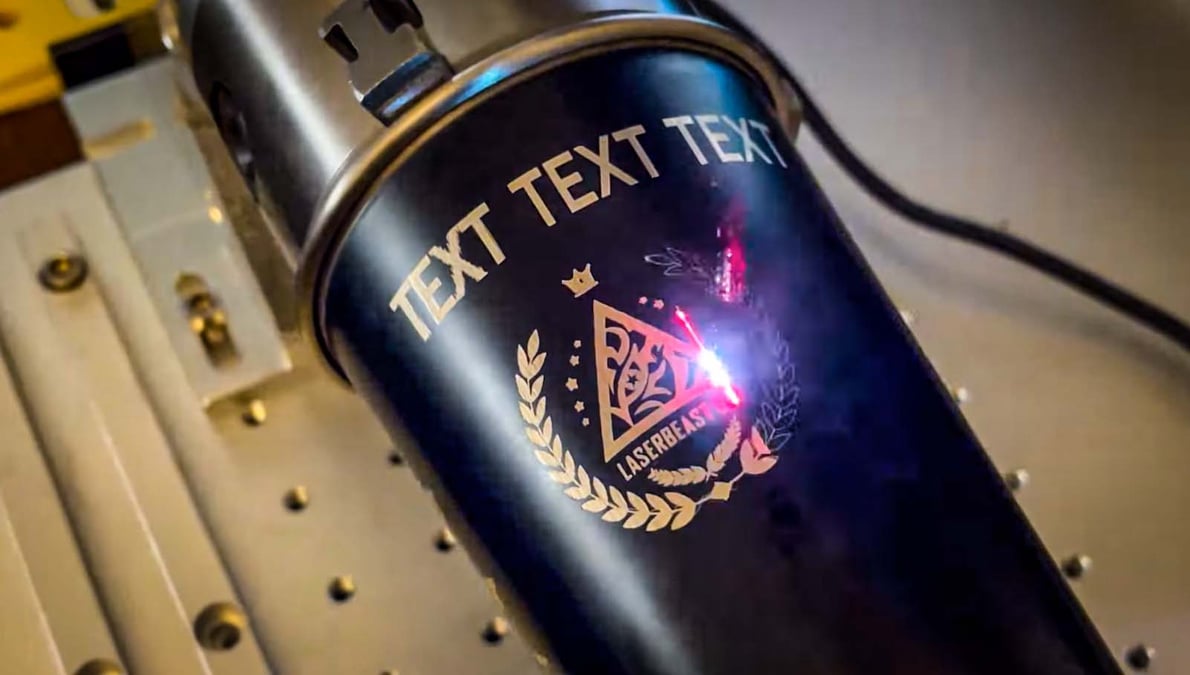
This article is free for you and free from outside influence. To keep things this way, we finance it through advertising, ad-free subscriptions, and shopping links. If you purchase using a shopping link, we may earn a commission. Learn more
Leave Your Mark
The Best Laser Marking Machines of 2022
Laser marking machines permanently mark any surface with text, designs, barcodes, and more, without damage. Check out our updated guide.
Advertisement
Advertisement
